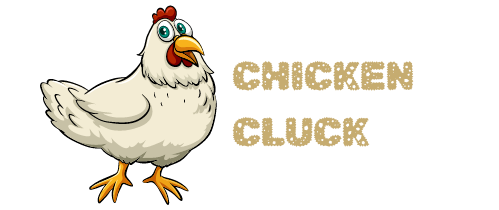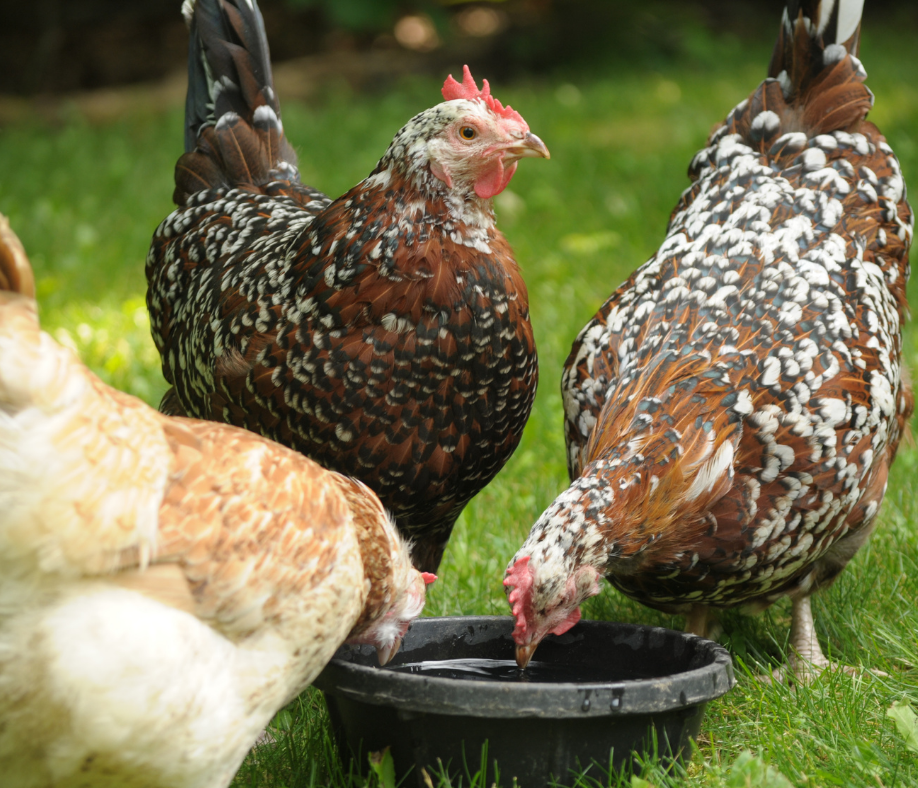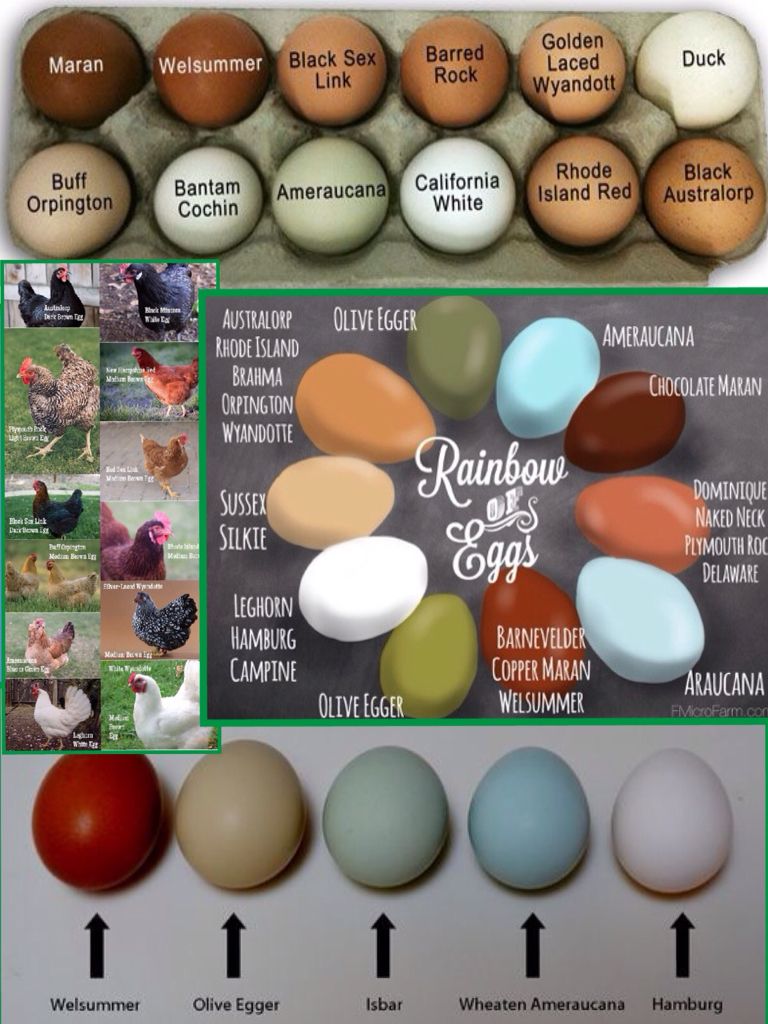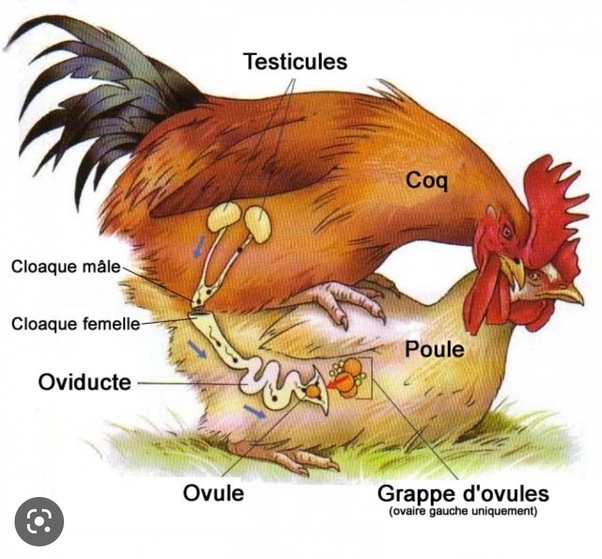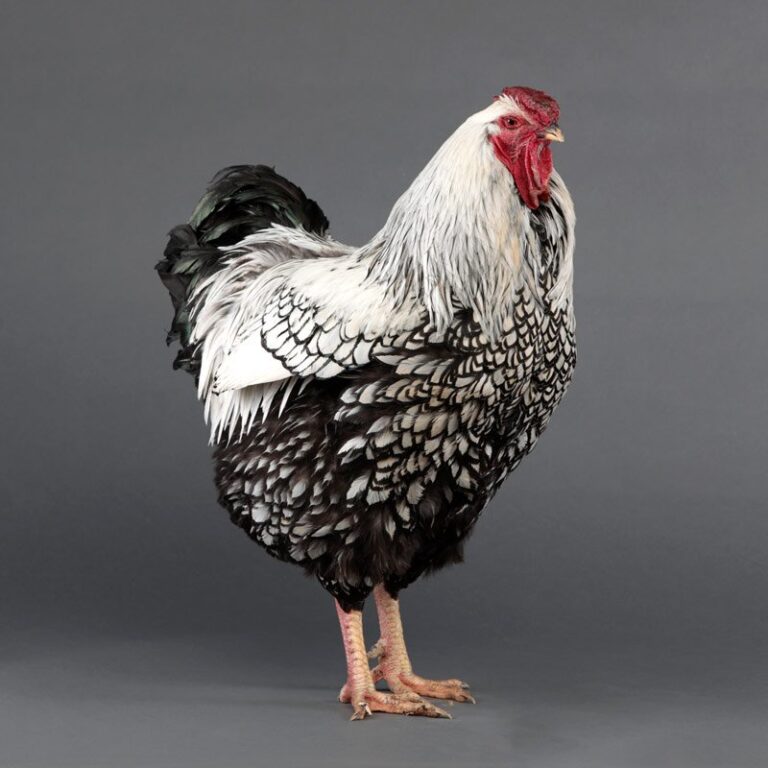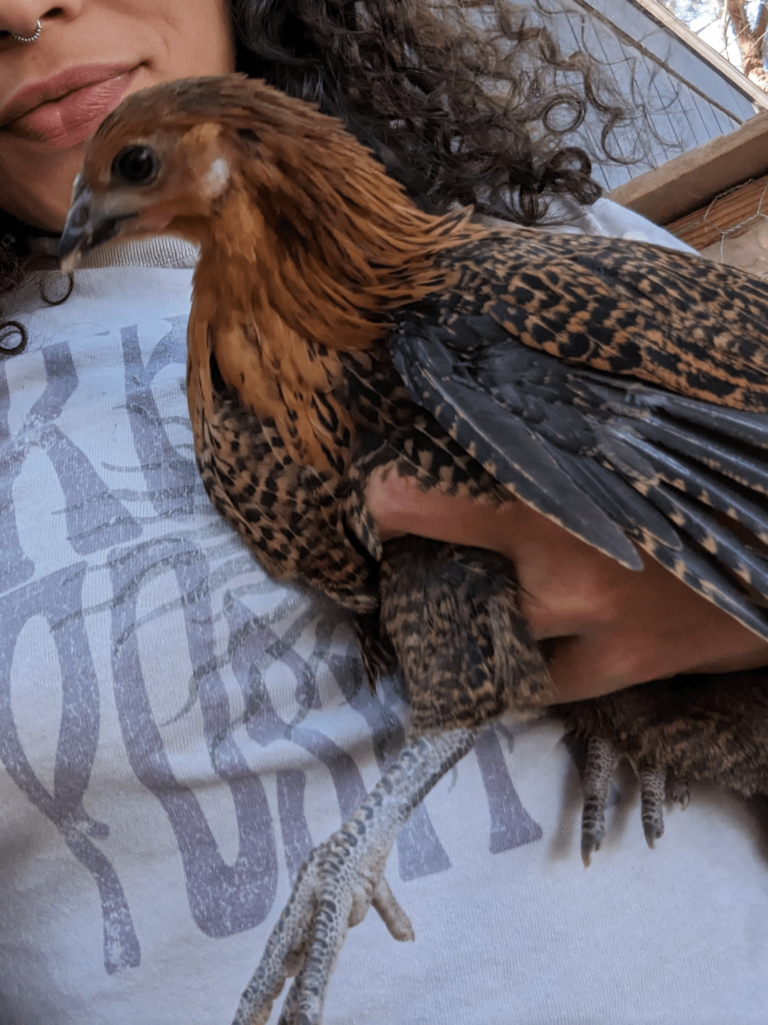The Rhode Island Red and Plymouth Rock are excellent chicken breeds for beginners. They are known for their hardiness and ease of care.
Starting a backyard flock can be an exciting venture, and choosing the right chicken breed is essential for a smooth experience. For novice poultry enthusiasts, breeds that are robust, low maintenance, and friendly make the best choice. It is important to select chickens that can adapt quickly to different environments, are good layers, and aren’t too flighty or aggressive.
Breeds such as the Sussex, Orpington, and Australorp also come highly recommended for their gentle nature and reliable egg production. These chickens not only provide fresh eggs but can also become a part of the family with their sociable and calm disposition. By focusing on these traits, beginners can enjoy a fulfilling journey into backyard chicken keeping.

Credit: jimvysechickenchat.wordpress.com
Starting Your Poultry Journey
Embarking on a journey with backyard chickens brings excitement and rewards. It’s perfect for beginners. Raising chickens can transform not just your yard, but your lifestyle. There’s much to learn and enjoy from these vibrant creatures. Select the right breed to start.
!– Why Raise Chickens? —
Raising chickens is more than a hobby; it’s an enriching experience. Not only do they provide fresh eggs, but they also give quality companionship. They enhance gardens by controlling pests and improving soil health. Beginners will find them to be easy to care for and hearty.
- Eggs: Fresh daily supply right from your backyard.
- Companionship: Chickens are friendly and social animals.
- Gardening Help: They eat bugs and fertilize soil.
- Low Maintenance: Basic care requirements. Ideal for starters.
!– The Joys Of Poultry Rearing —
There’s a special joy in watching your flock roam and grow. Each chicken has its own character. Families bond over the care and feeding of their flock. The joys of poultry rearing are endless and fulfilling. It’s a delightful and educational experience for all ages.
Education: Great learning tool for kids on responsibility and nature.
Bonding: Fosters family togetherness and teamwork.
Fulfillment: Sense of accomplishment in sustainable living.
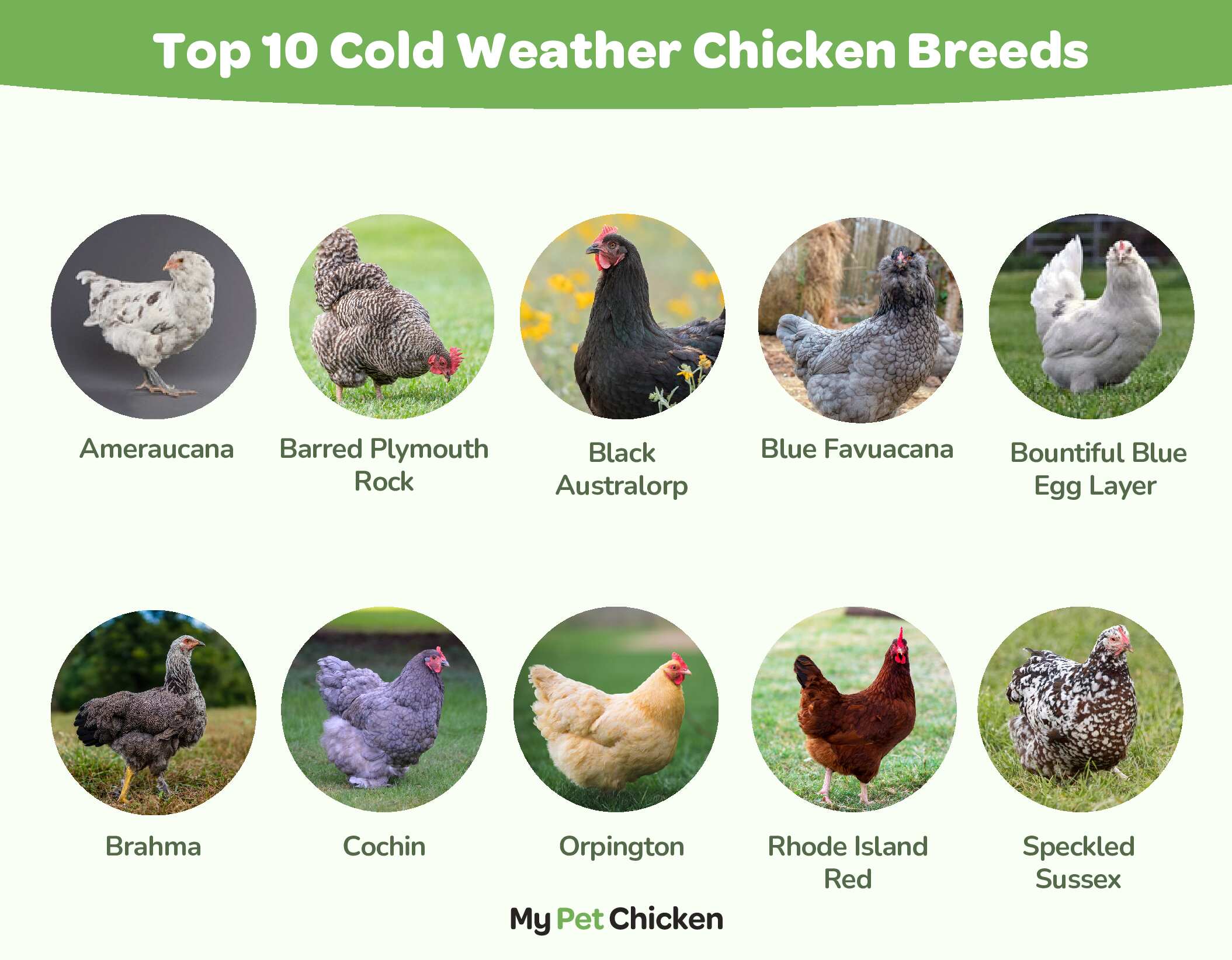
Credit: www.mypetchicken.com
Selecting The Right Breed
Selecting the Right Breed of chicken can feel overwhelming with so many options available. For beginners, it’s essential to choose a breed that matches your lifestyle and farming goals. Whether you seek egg production, meat yield, or friendly pets, understanding what each breed offers helps you make an informed decision. This segment details key factors to weigh and introduces popular breeds suited for beginners.
Factors To Consider
- Climate: Select breeds that thrive in your local weather.
- Purpose: Decide if you want eggs, meat, or companionship.
- Space: Choose breeds that fit your coop and run size.
- Temperament: Consider friendlier breeds for family interaction.
- Maintenance: Opt for breeds requiring minimal care.
Popular Breeds For Newbies
Beginners often start with these breeds because of their hardiness and low maintenance.
| Breed Name | Egg Production | Temperament |
|---|---|---|
| Buff Orpington | High | Docile |
| Rhode Island Red | Very High | Hardy |
| Plymouth Rock | High | Friendly |
| Sussex | Medium | Calm |
| Australorp | High | Gentle |
Beyond egg production and friendliness, these breeds also require little special care, making them excellent choices for first-time chicken keepers.
Egg-cellent Layers To Consider
Choosing the right chicken breed is crucial for every beginner poultry keeper. Amongst the feathery flock, a few standout as superb egg-layers. These breeds not only adapt well to different environments but also provide a consistent supply of fresh eggs. Let’s meet some egg-ceptional chickens ideal for beginners.
Rhode Island Red
Originating from its namesake state, the Rhode Island Red is a favorite among poultry enthusiasts. This bird is renowned for its hardiness and ability to lay about 200-300 brown eggs yearly. It adapts well to both confined and free-range conditions.
- Personality: Friendly and easy to handle
- Egg Color: Rich brown
- Average Weight: 6.5 lbs for hens
Plymouth Rock
The Plymouth Rock, with its distinctive barred feathers, is both a striking and reliable breed. These birds are calm and often become family favorites. They consistently lay around 200 eggs per year, perfect for a steady egg supply.
- Personality: Docile and good-natured
- Egg Color: Light brown
- Average Weight: 7.5 lbs for hens
Sussex
The Sussex chicken, with its calm demeanor, is another ideal choice for the novice. This breed is not only beautiful but also an excellent layer. Sussex hens can produce approximately 250 eggs per year and are versatile for egg and meat production.
- Personality: Curious and gentle
- Egg Color: Creamy white
- Average Weight: 7 lbs for hens
Friendliest Fowl For Families
Starting your backyard flock begins with choosing the right chickens. Families often seek friendly, gentle birds that are easy to handle and fun for children. Some breeds stand out for their calm dispositions and ease of care. Let’s dive into the top choices for those new to chicken keeping, focusing on breeds that are known for their affectionate and sociable nature.
Silkie Chickens
Silkies are famed for their soft, fluffy feathers that feel like silk. They are the teddy bears of the poultry world with a sweet temperament. These birds are perfect for young handlers. They come in a variety of colors and have a calm demeanor. Silkies are also known for being good mothers, often used to hatch eggs from other breeds.
- Exceptionally gentle and friendly
- Perfect for children
- Feathers feel like silk
Cochin
The Cochin breed is another excellent choice for families. These large birds are covered in soft feathers from head to toe. They are very calm and enjoy being petted. Cochins are also good egg layers in spite of their laid-back nature. They come in several gorgeous colors and have a robust feathering that makes them stand out in any flock.
| Features | Details |
|---|---|
| Temperament | Very calm and friendly |
| Egg Production | Good |
Orpington
Orpingtons are well-loved for their friendly and docile personality. Their large size and soft, abundant feathers make them excellent lap chickens. They are good with kids and other pets as they are not easily frightened. This breed is also known for being good egg layers and comes in a variety of colors, including the popular buff variety.
- Friendly and gentle with all
- Good for families with children
- Great egg layers
Hardy Birds For Harsh Climates
Choosing the right chicken breeds for cold conditions can seem daunting for beginners. But, there are several hardy breeds known for their ability to thrive in harsh climates. These breeds not only tolerate the cold well but also maintain egg production and good health throughout the tough seasons. Let’s explore a few top picks.
Wyandotte
- Originate from the United States.
- Known for their beautiful feathers and rounded bodies.
- Dual-purpose breed, good for both meat and eggs.
- Feathers provide insulation against the cold.
- Calm temperament makes them easy to handle.
Australorp
The Australorp, hailing from Australia, boasts an impressive egg-laying ability even when the temperature drops. With their heavy feathering and solid build, they stand as resilient birds against the cold. Their friendly and docile nature makes them a favorite among poultry enthusiasts.
Chantecler
| Feature | Details |
|---|---|
| Origin | Canada, specifically for cold weather |
| Egg Color | Brown |
| Temperament | Good-natured, calm |
| Cold Adaptation | Small comb and wattles, less frostbite risk |
| Utility | Dual-purpose, meat and egg production |
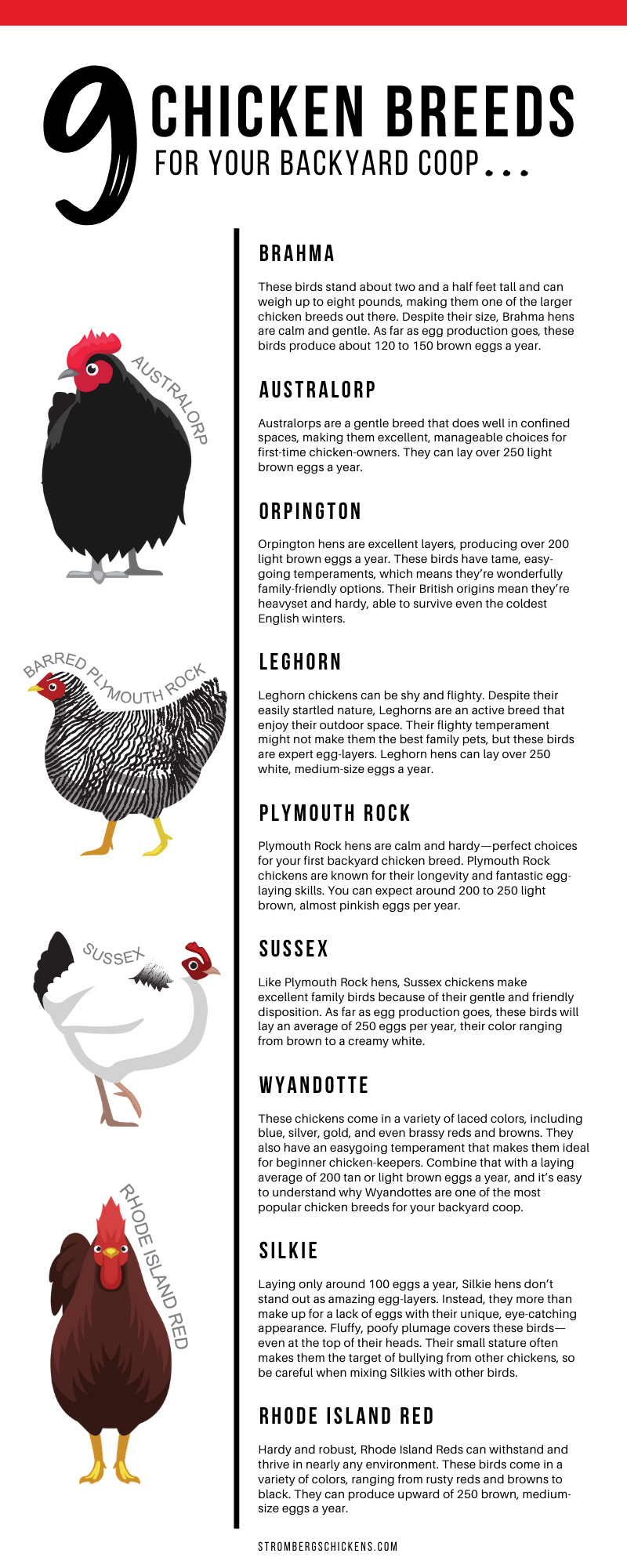
Credit: www.strombergschickens.com
Low Maintenance Chickens
Entering the world of backyard poultry can be delightful. For beginners, choosing low maintenance breeds is key. These chickens need minimal care. They’re sturdy, friendly, and lay eggs consistently. Perfect for busy or novice poultry farmers, the following breeds make chicken-keeping a breeze.
Leghorn
Leghorns stand out as a top choice. Originating from Italy, they adapt well to various climates. Their hardy nature and ability to forage make them less dependent on constant care. Remarkably, they’re prolific egg layers, often gifting their owners with a white egg daily.
- Independent foragers
- Resilient in different weather
- High egg production
Ameraucana
The Ameraucana breed is notable for their unique blue eggs. These birds are not only charming but also self-reliant and disease-resistant. They mix well with other chickens and maintain good health with simple shelter and regular feed.
| Feature | Benefit |
|---|---|
| Unique egg color | Adds variety to egg basket |
| Good with other chickens | Easy to integrate |
| Disease resistance | Reduces need for veterinary care |
New Hampshire Red
New Hampshire Reds derive from the Rhode Island Red. Known for their fast maturity and egg-laying prowess, they’re also renowned for their gentle temperament. These birds require minimal supervision and are excellent for first-time chicken keepers.
- Early to lay
- Good-natured
- Low upkeep
Dual-purpose Breeds
Beginning with backyard chickens is a fun adventure. Dual-purpose breeds are perfect for beginners. They offer both fresh eggs and meat. Dual-purpose chickens are hardy, friendly, and easy to care for. Let’s look at three top choices for your coop.
Dominique ChickenDominique
The Dominique chicken boasts a history as America’s first chicken breed. Its barred feathers are charming. Beginners love them for their gentle nature. They are also good layers and do well in different climates.
- Broodiness: Occasional
- Eggs Per Week: 3-4
- Climate: Adaptable
Brahma
Brahma chickens boast a large, stately appearance. Their calm demeanor makes them great pets. Their thick feathers mean they handle cold well. Brahmas are consistent egg layers.
| Feature | Detail |
|---|---|
| Broodiness | Low |
| Eggs Per Week | 3 |
| Meat Quality | Excellent |
Buff Orpington
Buff Orpingtons are a bundle of fluffiness and friendliness. Beginners will love their docile nature. They are great layers and also provide a good amount of meat.
- Affectionate with owners.
- Strong layer of large eggs.
- Excellent for families and children.
Setting Up A Coop
Welcoming chickens into your backyard starts with a sturdy home for your feathery friends. “Setting Up a Coop” is crucial for your chickens’ comfort and safety. Learn the essentials to create the perfect haven for your beginner-friendly chicken breeds.
Size And Space Requirements
Chickens need room to roam, stretch, and interact. Whether you have bantams or larger breeds, they all require space to live healthily.
- Minimum Space: Aim for 4 square feet per bird inside the coop.
- Outdoor Run: Offer 8-10 square feet per chicken.
- Nesting Boxes: Provide at least one box for every 3-4 hens.
Adhering to these size requirements prevents stress and behavioral issues, making a happy coop.
Protecting Your Brood
Protection from predators keeps your chickens safe at all times. A secure coop is non-negotiable.
| Feature | Description | Importance |
|---|---|---|
| Solid Walls | Use hardware cloth or sturdy wire mesh. | Keeps out predators. |
| Locking Doors | Install locks that raccoons can’t open. | Secures the coop at night. |
| Elevated Coop | Raise the coop off the ground. | Prevents pests and flooding. |
Combining strong materials with smart design ensures a predator-proof home. Your chickens can roost peacefully, and you can rest easy knowing they’re secure.
Chicken Care Basics
For beginner chicken keepers, understanding the essentials of chicken care ensures a happy flock. Focusing on feeding, health monitoring, and preventive measures sets the foundation for raising chickens successfully. Let’s dive into these key aspects.
Feeding
Chickens need a balanced diet to thrive. Start with a quality starter feed for chicks and transition to layer pellets as they mature.
- Provide constant access to fresh water.
- Supplement with grains, vegetables, and occasional treats.
- Avoid foods like chocolate, avocado, and salty treats.
Health Monitoring
Regular check-ups are vital for detecting early signs of illness.
- Inspect your chickens daily for signs of stress or sickness.
- Look out for changes in eating habits, feather quality, and activity levels.
- Consult a vet if you notice any unusual symptoms.
Preventive Measures
Preventive care keeps chickens healthy and wards off potential diseases.
| Action | Benefit |
|---|---|
| Vaccinations | Protect against common poultry diseases. |
| Clean Coop | Maintain hygiene and deter pests. |
| Parasite Control | Prevent mites and lice infestations. |
Social Life Of Chickens
Chickens, like people, thrive on companionship and have a fascinating social structure. From establishing friendships to sorting out their hierarchy, understanding the social life of chickens is key for beginners. A well-managed flock equals happy, productive birds.
Introducing New Chickens
Welcoming new chickens to your flock requires patience and care. Start by isolating newcomers to monitor health. Gradually introduce them to your existing flock to reduce stress and aggression.
- Use a separate pen that allows chickens to see but not touch each other.
- After a few days, allow supervised visits in the yard.
- Keep the newbies enclosed yet visible within the main coop.
Consistent observation over a week helps secure a smooth integration.
Managing The Pecking Order
The pecking order is an innate part of chicken social life. When new birds are introduced, this hierarchy can shift, leading to conflict and bullying. Proper management keeps the peace.
- Provide multiple feed and water stations to avoid competition.
- Ensure ample space in your coop and run to reduce tension.
- Watch for aggressive behavior and separate birds if needed.
Maintaining order requires vigilance but culminates in a tranquil flock.
From Chick To Hen
Embarking on the journey of raising chickens is thrilling for any beginner. The transformation from a fluffy chick to a full-grown hen is a marvel to witness. Understanding the right practices from the start ensures a healthy, happy flock. Let’s explore the critical stages and care tips every beginner should know.
Brooding Essentials
Creating a warm, safe space for your chicks is crucial. They need a brooder—a special home for the first weeks. Ensure it’s predator-proof, well-ventilated yet draft-free. Your chicks will thrive with these essentials:
- Heat Source: Maintain a steady temperature of 95°F (35°C) in the first week. Decrease by 5°F each week until reaching ambient temperature.
- Bedding: Use pine shavings or similar material to keep chicks dry and clean-up easy.
- Feeder and Waterer: Keep food and water accessible at all times, but prevent drowning with shallow dishes.
- Space: Give them enough room to move, rest, and grow without crowding.
Growth Milestones
| Age | Milestone |
|---|---|
| 1-2 Weeks | Chicks develop wing feathers. |
| 3-5 Weeks | Body feathers replace fluffy down. |
| 6-8 Weeks | Transfer to outdoor coop possible. |
| 12-20 Weeks | Beginner breeds start laying eggs. |
| 21+ Weeks | Full maturity and steady egg production. |
Watch closely as chicks grow and feathers emerge. First signs of adulthood appear around week six, which means chicks can brave the outdoors. The first egg is a milestone to celebrate—it means your care has paid off, and you now have a mature hen.
The Economic Aspect
Starting a backyard flock involves costs and potential income. Understanding both is the key to success. Let’s explore the economic aspect of raising chickens for beginners.
Cost Analysis
Initial expenses for starting a chicken coop vary. Costs include chicken coop construction, feeders, waterers, and chicks. Here’s a breakdown:
| Item | Average Cost |
|---|---|
| Coop | $200-$500 |
| Chicks | $3-$5 each |
| Feeders & Waterers | $30-$50 |
| Feed (monthly) | $15-$25 |
| Bedding | $5-$10 per month |
These costs will change based on local prices and coop size. Start small to manage expenses better.
Potential Revenue Streams
Raised right, chickens can start paying for themselves. Here’s how:
- Selling Eggs – Fresh eggs fetch a premium price.
- Breeding – Sell chicks or mature chickens.
- Manure – Gardeners value chicken manure as fertilizer.
Record-keeping is essential to track profits and expenses. Aim for optimal egg production to increase revenue.
Conclusion
Embarking on your poultry-keeping adventure starts with choosing the right breed. Opt for those that align with your needs, environment, and experience level. Remember, breeds like the Plymouth Rock, Sussex, and Rhode Island Red offer friendliness, hardiness, and dependable egg production, making them ideal for novice owners.
Happy farming and may your coop always be a cluck above the rest!
